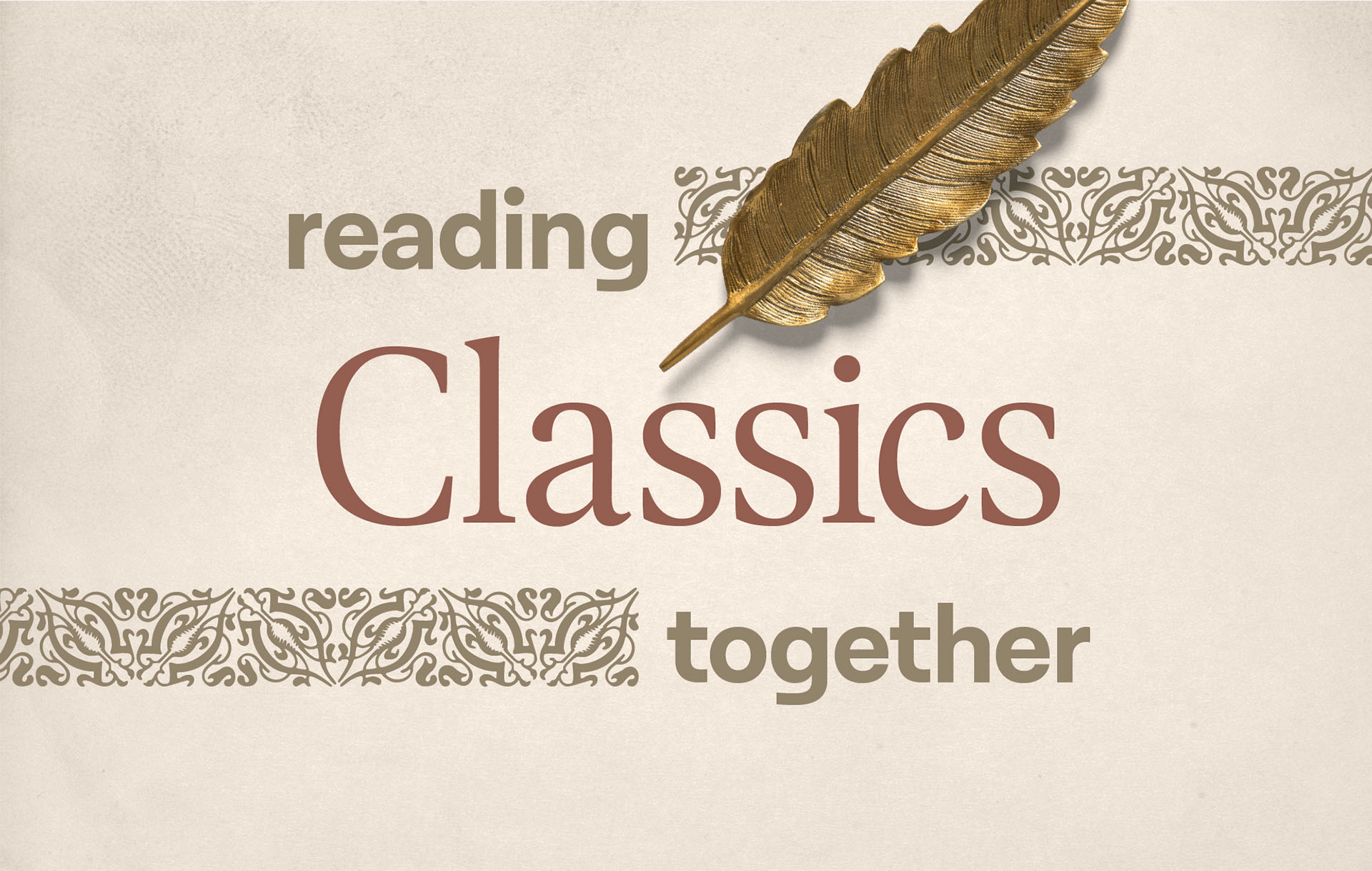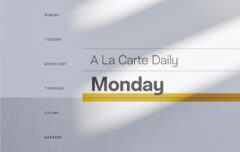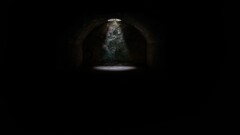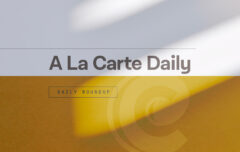Today we begin our journey through Richard Sibbes’ The Bruised Reed. I’m starting a bit late in the day, as it happens, due to some technical issues. Nevertheless, here we go. If you have decided to read this classic with us, you are free to leave a comment below. And if you’re not the commenting sort, that’s just fine. I ask only that you keep reading the book.
Summary
As you might expect, the first chapter of The Bruised Reed is dedicated to explaining the rather odd expression that makes up the title. The words come from Isaiah 42:1-3 and are fulfilled in Christ (Matthew 12:18-20).
Behold my servant, whom I uphold,
my chosen, in whom my soul delights;
I have put my Spirit upon him;
he will bring forth justice to the nations.
He will not cry aloud or lift up his voice,
or make it heard in the street;
a bruised reed he will not break,
and a faintly burning wick he will not quench;
he will faithfully bring forth justice.
In this chapter Sibbes looks quickly at the calling of Christ to his office and the manner in which he carries it out. There are a few quotes that I found particularly noteworthy.
In speaking of Christ’s calling he says “Christ was God’s servant in the greatest piece of service that ever was, a chosen and a choice servant who did and suffered all by commission from the Father. In this we may see the sweet love of God to us, in that he counts the work of our salvation by Christ his greatest service, and in that he will put his only beloved Son to that service.”
And in writing about Christ’s church he says “The church is compared to weak things: to a dove amongst the fowls; to a vine amongst the plants; to sheep amongst the beasts; to a woman, which is the weaker vessel.” That may not be entirely politically correct, but the point is well taken.
The heart of the chapter, short though it may be, is this, a definition of bruised reed:
The bruised reed is a man that for the most part is in some misery, as those were that came to Christ for help, and by misery he is brought to see sin as the cause of it, for, whatever pretences sin makes, they come to an end when we are bruised and broken. He is sensible of sin and misery, even unto bruising; and, seeing no help in himself, is carried with restless desire to have supply from another, with some hope, which a little raises him out of himself to Christ, though he dare not claim any present interest of mercy.
This bruising is a requirement before conversion “so the Spirit may make way for himself into the heart by levelling all proud, high thoughts, and that we may understand ourselves to be what indeed we are by nature.” But is also comes to believers “so that reeds may know themselves to be reeds, and not oaks.” And what is the purpose oft his bruising? “His bruising makes us set a high price upon Christ. Then the gospel becomes the gospel indeed; then the fig leaves of morality will do us no good. And it makes us more thankful, and, from thankfulness, more fruitful in our lives; for what makes many so cold and barren, but that bruising for sin never endeared God’s grace to them?”
And there we have the setting for the book. From here I expect Sibbes to encourage us as to when we may be bruised and how we may expect God to extend grace through such times.
Next Week
For next Thursday please read chapters 2 and 3.
Your Turn
The purpose of this program is to read classics together. So if there are things that stood out to you in this chapter, if there are questions you had, this is the time and place to have your say. Feel free to post a comment below or to link to your blog if you’ve chosen to write about this on your own site.










